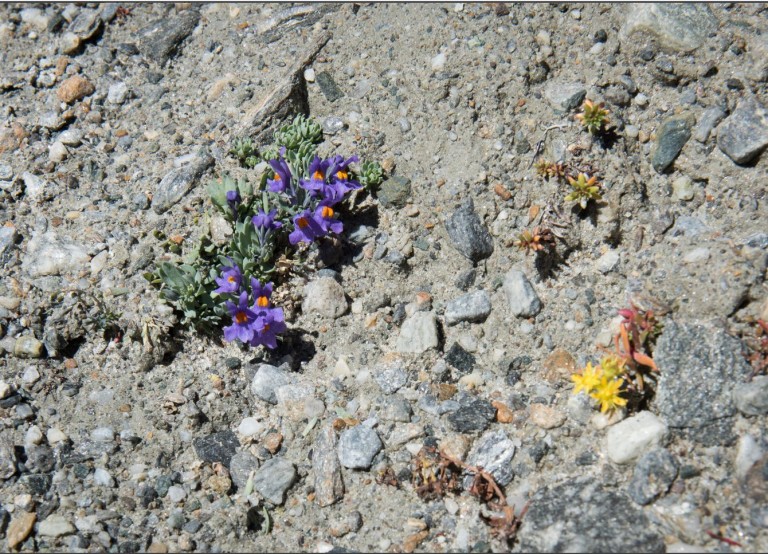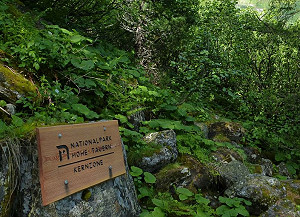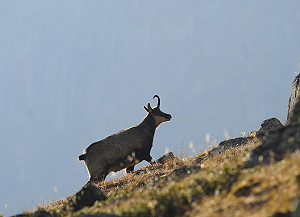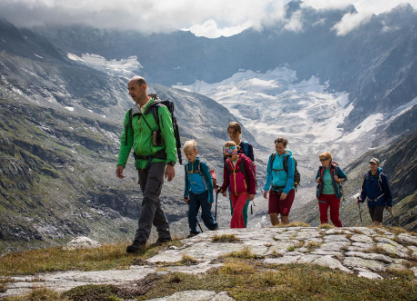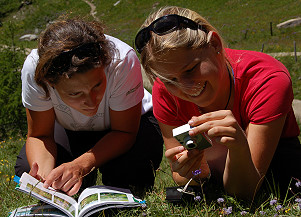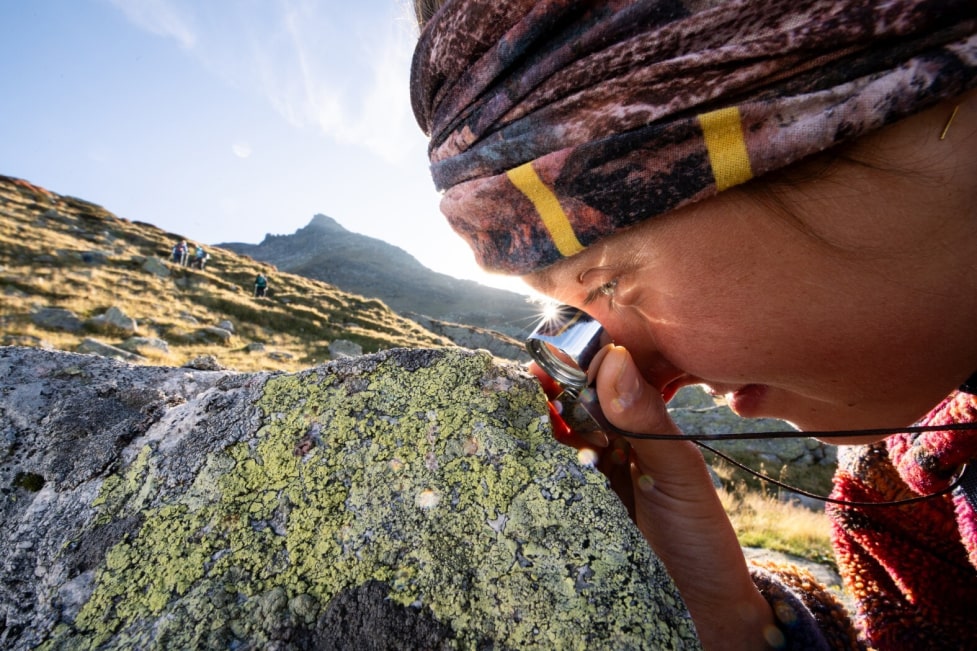Habitats in the Hohe Tauern National Park
Diversity in a small area: Moving through the habitats from the valley right up to the summit regions in the protected area is the equivalent of undertaking a journey from Central Europe to the Arctic.
Four altitudinal belts – a mosaic of diverse habitats
The Hohe Tauern cover over approximately 100 kilometres in length in the Austrian Central Alps. The 3,798 m high Grossglockner is Austria's highest mountain. The flora and fauna changes as you move from the valleys at 600 to 700 metres above sea level to the highest point in Hohe Tauern with glaciers beyond the 3000-metre mark. Glaciers and rivers split up the mountain relief of the Hohe Tauern region over millions of years and formed longitudinal and transversal valleys, wide valley floors, gorges, cirques and ridges. The four altitudinal belts in the national park represent a colourful mosaic of habitats and climate zones. The vegetation period becomes shorter the higher up you go.
National park history -
the formation of the Alps
The Tauern Window is an unusual geological feature:
You can view an exciting journey through the millennia of Earth's history.






